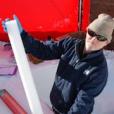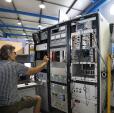ANSTO and University of Wollongong collaborate on new quality control device to enhance precision in advanced cancer treatment
Researchers from the Health Research and Technology Group at ANSTO and the University of Wollongong have developed a new device that could improve the quality control of accelerator-based boron neutron capture therapy, a promising radiation therapy for treating aggressive cancers.






